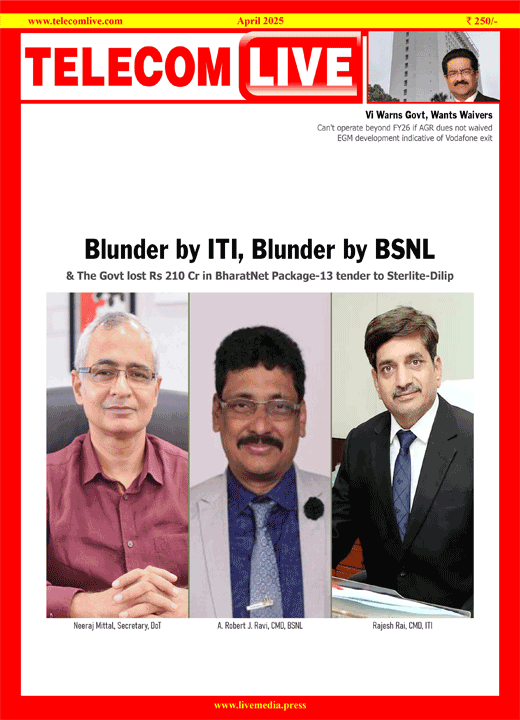Ericsson still awaiting royalties from Intex, Micromax and Lava
Swedish telecom technology provider Ericsson has been taking a hit on revenues from India as domestic handset makers such as Lava, Micromax, and Intex continue to default on royalty payments to the company for using its patented technology, people aware of the matter told FE.
Companies like Ericsson develop certain technologies which are essential to the functioning of mobile phones. Since these technologies are standard essential patents (SEPs), technology makers get into a licensing agreement with the handset manufacturers wherein they charge a certain royalty fee based on the smartphones sold.
Simply put, if Lava or Micromax today sells a phone at Rs 12,000, they have to pay around 0.8-1% royalty to Ericsson based on their licensing arrangements. However, according to sources, Ericsson has not received any royalty payments from these companies for many years now, thereby leading to a patent infringement. Instead, there are multiple lawsuits going on between Ericsson and the handset makers on the subject. Nokia, too, is dealing with similar patent infringement issues from other handset makers.
“The royalty payments are essential for Ericsson to carry on its R&D. Despite the interim court orders asking these companies to clear their royalty dues, there has not been any payment. Some of these companies have stopped manufacturing smartphones, while some are not onboard with regard to payment,” a company official said, on the condition of anonymity.
On Wednesday, the Delhi High Court rejected a plea by Intex and directed it to pay Ericsson the entire pending royalty amount within four weeks.
In its order, the HC said, “More than one hundred licences have been executed by Ericsson for the same technology globally and similar implementers are paying royalty in accordance with the terms suggested by the firm. Consequently, the terms suggested by Ericsson are prima facie FRAND (fair, reasonable and non-discriminatory) terms and to ensure parity with other implementers. Intex must pay in full for the past use of the standard essential patents.”
The amount to be paid by Intex could not be confirmed immediately. From Intex side, the argument was that Ericsson allegedly demanded unfair, discriminatory and exorbitant royalty for its GSM (global system for mobile communication) technology-related patents. GSM technology is a 2G or 3G mobile phone technology.
Currently, Ericsson worldwide has 60,000 patents and out of that a small number of patented technologies go into a handset. Ericsson claims to own 25-35% SEPs of GSM and related technologies.
One of the key arguments put forward by domestic handset makers was that the calculation of royalty should be linked to the value of chipsets.
“Chipset basis for calculation of royalty cannot be accepted and the practice of royalty calculation on the end-device price is non-discriminatory,” the court ruled.
According to Ericsson executives, the royalty payments cannot be linked to chipsets as those only constitute a small portion in the phones. “The hardware and other software technologies form a major part of the smartphone and, therefore, the calculation of royalty should be on the final price,” the company official said.
In 2013, Ericsson also sued Micromax and claimed about `100 crore in damages related to patent infringement. At that time, Ericsson had said that Micromax refused to enter into a licensing agreement for its patented innovations across several wireless technology standards such as GSM, EDGE and 3G.
In November 2014, the Delhi HC had asked Micromax to pay 1% of the selling price of its handsets as royalty to Ercisson, which amounted to Rs 10 crore every month. However, Micromax has not complied with that order, according to sources.
In terms of market share, the domestic players, including Lava and Micromax, do not contribute much to the total smartphone shipments. According to Counterpoint, Lava’s smartphone shipments grew 86% year-on-year to over 900,000 units in 2022. On the other hand, Micromax shipments fell 80% y-o-y to over 100,000 units last year. Lava has a share of 0.6%, followed by Micromax at 0.1%.
“Despite being a strong player in the features phones segment, Lava has not been complying with the royalty payments for Ericsson. Though the matter is subjudice, such defaults really derail the plans over 5G technologies,” another Ericsson executive said.
Lava and Micromax did not reply to FE’s email on the subject.



